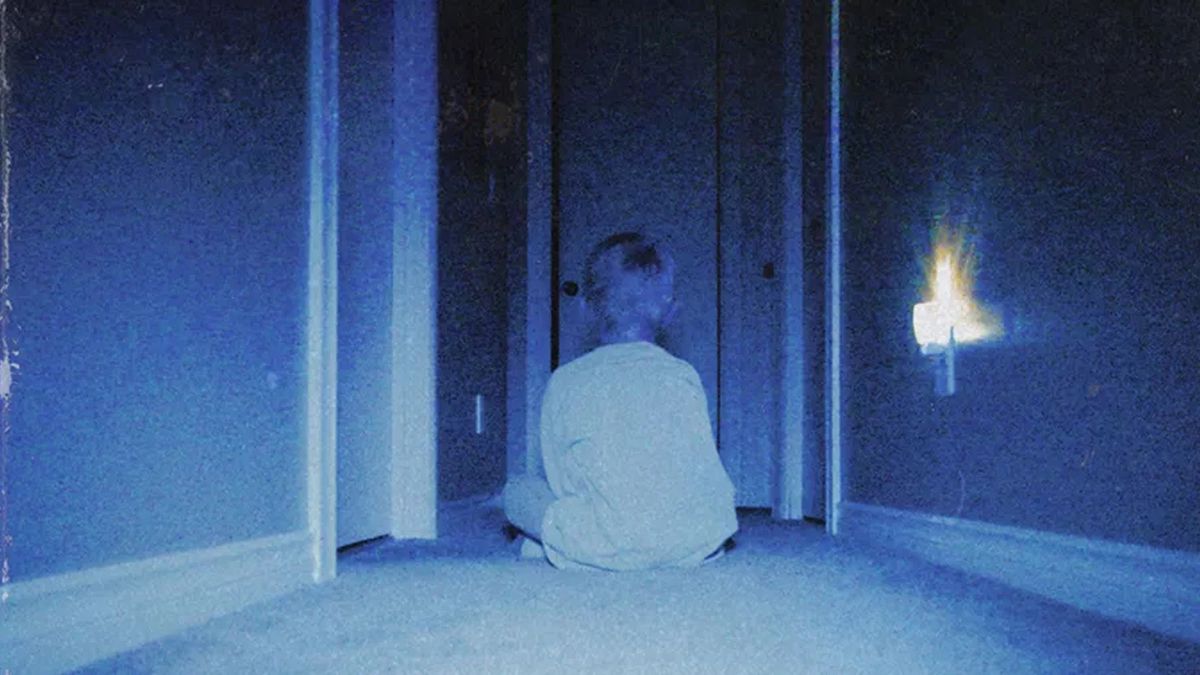By Brittany Snow
Staff Writer
At the Facebook F8 Developers Conference held at the San Jose Convention Center on April 30 to May 1, Mark Zuckerberg announced “the future is private.” By doing so, the announcement of a test run for Instagram hiding the like counts on one’s page from followers.
Instagram says the reason for this update test is to have users concentrate on their posts and interacting with the app rather than the amount of likes they get per post.
In a leaked test run in early April, a Twitter user shared the new appearance she encountered on the app. The images show a username of one of the likers, followed by “and others” as it does now, but no longer showed the exact count of people who liked the post.
“We don’t want Instagram to feel like a competition, we want to make it a less pressurized environment,” Instagram’s head, Adam Mosseri stated.
The app began a test run for this change in Canada, from May 1 to [insert date here if finished].
Alongside the screenshots of the new setup, user Jane Manchun Wong revealed the message the app provided for the reasoning behind this change.
“We want your followers to focus on what you share, not how many likes your posts get,” Instagram says in one of the screenshots from Wong, as stated in an informational message in regards to the update.. “During this test, only the person who shares a post will see the total number of likes it gets.”
A recent report from UK’s Royal Society for Public Health and the Young Health Movement looked at the impact of different social media platforms on mental health.
“Hiding the like feature to safekeep one’s mental health, would be beneficial for everyone involved,” stated Gabrielino counselor, Amanda Ly.
While there were some positives about accessing health information, the opportunity for self-expression and a feeling of community, the negative factors were heavy. Factors such as anxiety, depression, loneliness, sleep quality and negative impact on body image were all reported.
Other media platforms looked into preventing those negative factors earlier this year, with Twitter and YouTube looking into similar methods.
YouTube creators currently have the option not to show how many likes or dislikes a video has. Like counts are on by default, but YouTube may consider turning them off. Viewers could still like or dislike a video even though the overall numbers won’t be shown.
Tom Leung, director of project management at YouTube has revealed that the platform is considering its options to combat “dislike mobs.”
Reports have suggested that a video with a high number of dislikes — that outweighs the number of positive likes, is less likely to be recommended, and could therefore hurt the creator’s channel.
Twitter has also taken into consideration other means of preventing negative factors, one of which, was tested in a prototype version of the app, in which design choices aim to encourage conversation by modifying how replies to tweets are threaded. Other changes include hiding the amount of likes and retweets a user gets.
The new prototype app, named “twttr” after the social network’s original name, allows testers to check out potential changes to the platform, which debuted on March 12.

